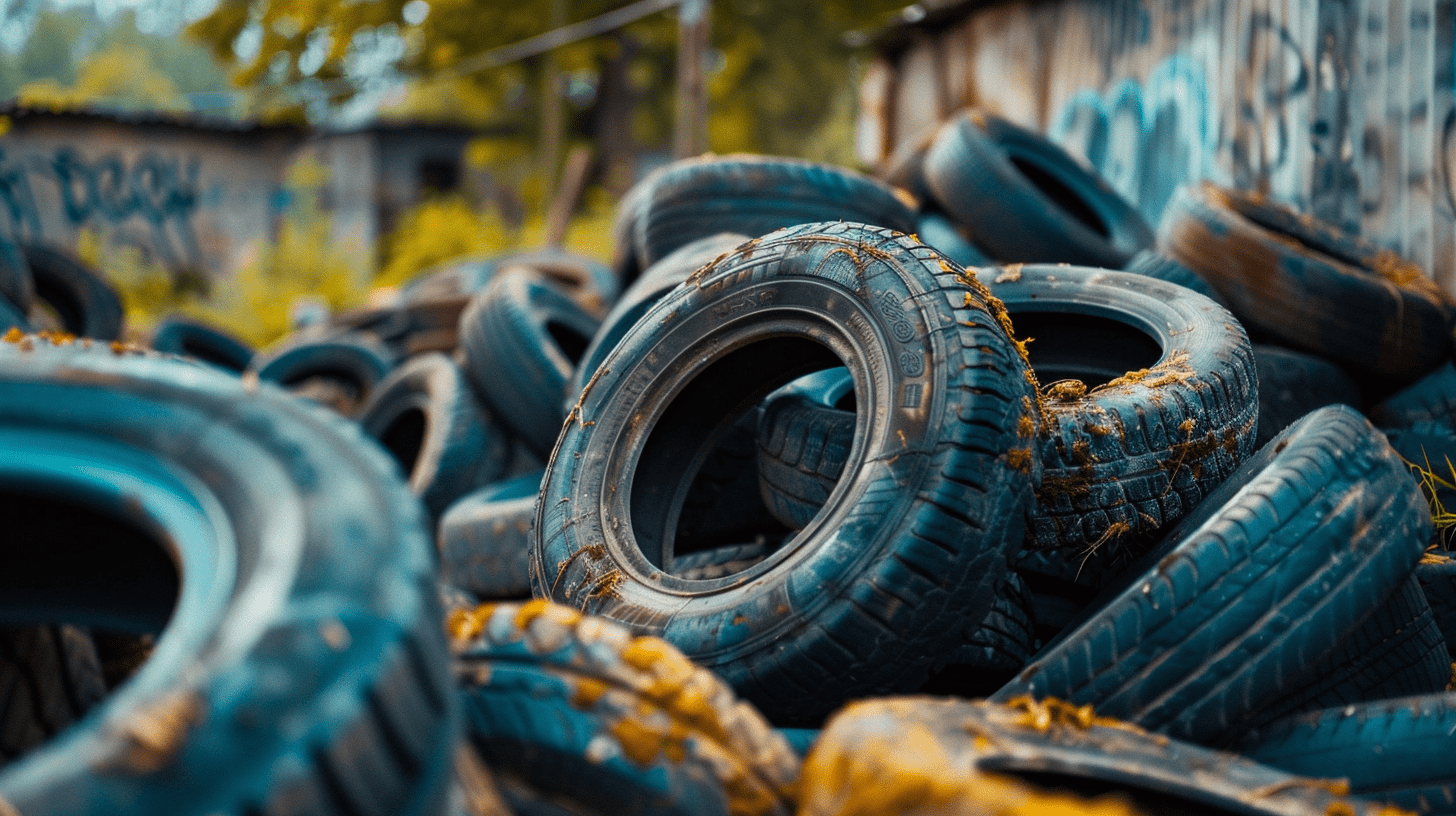The Circular Economy
Learn what the circular economy is, how it reshapes our approach to consumption and waste, and the environmental benefits it offers.

Barriers, Trade-Offs, and Regional Considerations
Despite its advantages, implementing the circular economy faces practical barriers. Not all products are easy to disassemble or recycle. Infrastructure for collecting and processing used materials may be lacking, especially in lower-income regions.
Cultural habits and consumer preferences can also limit adoption. In places where low-cost goods are prioritized, repair services may not be competitive. Additionally, some trade-offs must be considered: recycling processes may require energy or water, and circular designs might increase upfront costs.
Policies, education, and investment can help overcome these barriers. But strategies must be tailored to specific economic, cultural, and geographic contexts. What works in one region may not be feasible in another.